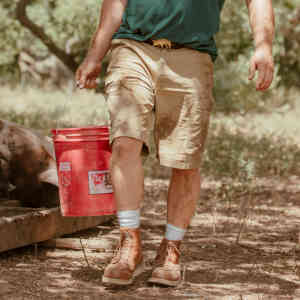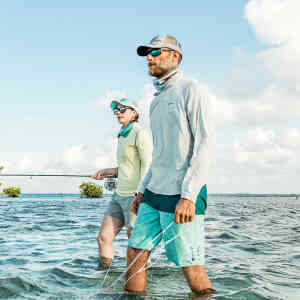With over 100 years of alpine experience, Hanwag is truly one of the finest names in outdoor footwear. Back in 1919, founder Hans Wagner, a third-generation shoemaker, mastered the unique and elusive art of double stitching. This technique combined with the extra time, effort, and care Wagner put into everyone of his shoes was legendary, and the demand for his footwear grew steadily. Soon Hanwag boots became among the most sought-after and beloved brands in the world.The company remained in the family until 2004 when one of Hans his descendants, Sepp Wagner, decided to sell the company to Fenix Outdoor, who also owns Fjallraven, Primus, and Brunton.
Despite the years and change of ownership however, Hanwag is still made in much the same way as it has always been. Hans original double stitching technique (which to this day very few other shoemakers have mastered) is still used, and each bootis almost entirely made in Europe. The result is that Hanwag boots are some of the very finest hiking, mountaineering, and ice boots found anywhere on earth. The quality and durability of Hanwag boots and shoes is nearly unmatched anywhere,and a single pair can last for years and years. We are proud to carry a wide range of Hanwag boots, such as the Men's Hanwag Makra GTX, the Men's Hanwag Alaska GTX, and the Women's Hanwag Banks GTX. Hanwag is exceptional footwear for exceptional journeys.
At OutlandUSA.com we love Hanwag for their incredible quality, durability, and authenticity. It is hard to find a more solid and dependable pair of boots or shoes anywhere. Give Hanwag a try.
























